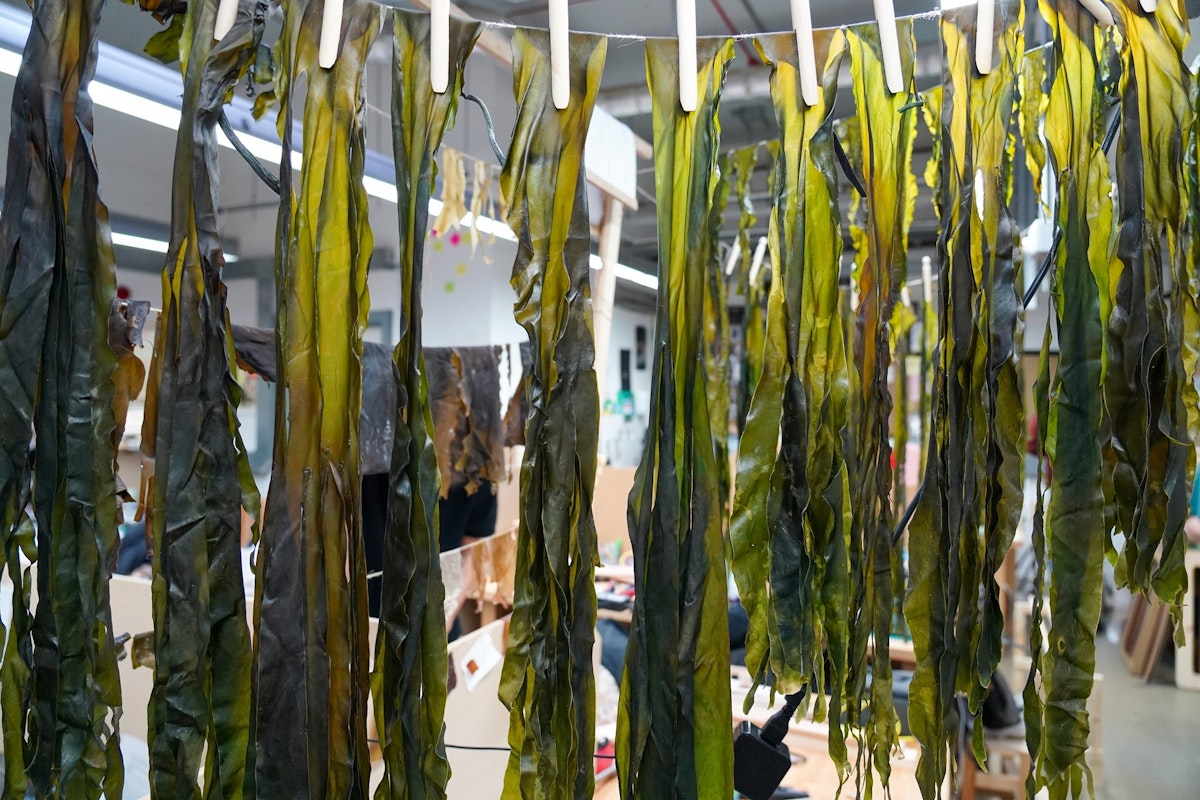
Words by Janes Aslanidis
28 Oct 2024
Design Council Digest: Designing for Planet-Positive Business
For the second SODA x Design Council Digest column, Design Council Expert Jane Aslanidis offers an international perspective on why design is a strategic imperative for planet-positive business, in line with the theme of the upcoming Design for Planet Festival.
As the urgency to address climate change grows, businesses are increasingly called upon to integrate sustainability into their core strategies. At the heart of this shift is the realisation that design can be a powerful catalyst for driving positive economic, societal and environmental outcomes.

Design Council Expert and Australian Design Council Program Director Jane Aslanidis
What is a Planet-Positive Business?
A planet-positive business is proactive - actively working to make the environment better, rather than just reducing its harm. Instead of simply aiming to ‘do less damage’ (like cutting carbon emissions or using less plastic), the focus is on creating solutions that restore ecosystems, reduce waste, and help regenerate natural resources. For example, they might use renewable energy, design products that can be reused or recycled, and invest in nature-based solutions like reforestation or ocean cleanup.

Drying seaweed on a line pre-treatment. Credit: FROND via Henry
Leading with Design for Planet-Positive Impact
In today’s climate-conscious world, businesses that lead with design are demonstrating a deeper commitment to sustainability. Businesses that embed a design-led innovation capability into their strategies are not only able to create products and services that minimise environmental harm, but also shape entire systems for long-term resilience. The global economy is shifting towards sustainability, and those who fail to integrate design as part of this transition risk being left behind.
Design-led businesses have an inherent advantage: they approach sustainability not as an afterthought but as a core principle that drives innovation. By creating solutions that prioritise both function and environmental impact, these organisations demonstrate the power of design to tackle the complexities of sustainability head-on. Those not leading by design are slower to adopt these necessary changes, leaving themselves vulnerable to both environmental and market disruptions.

Fairphone 4 broken down into repairable parts. Credit: Fairphone
Design as a Driver of Economic Diversification and Sustainability
Across sectors like agriculture and food production, design has become a driving force for sustainable economic diversification. By innovating through design, businesses can develop more resilient models that adapt to environmental constraints while promoting sustainability. As industries evolve, design turns ideas into action, enabling new opportunities to reimagine how they operate - particularly in regional and rural areas, where agriculture is closely tied to environmental concerns.
Through design, businesses can shift towards circular economies, where resources are reused, and waste is minimised. This shift is vital in addressing the dual needs of fostering economic growth and mitigating climate impacts. Design is instrumental in creating systems and processes that not only respond to the climate crisis but actively contribute to economic and environmental sustainability.

Simon Carroll at the mycelium mushroom pavilion in
Glastonbury grown with BIOHM
Cross-Market Insights: Design-Led Transformation in the UK and Australia
Design is a universal language that transcends markets, but its applications vary based on local challenges and opportunities. It involves planning and making choices about how something looks, works, and fits into the world around it. Design is used in everything from products and services to systems and experiences. It’s about solving problems creatively while considering the needs of users, the environment, and the larger system in which it operates.
In both the UK and Australia, design-led businesses are at the forefront of transforming industries. These businesses are leveraging design to create solutions that address climate challenges while fostering innovation and growth.

A hydroponics-based production method farm using
vertical farming methods. Credit: SHUTTERSTOCK
In the UK, design is playing a pivotal role in urban planning, sustainable cities, and infrastructure development. Australian businesses, particularly those in agriculture, such asBega Group’s Circular Valley program and its development of a National Centre for Circularity, are also showing how design can help industries adapt to extreme climate conditions.
By integrating a design-led innovation capability, these businesses not only reduce their environmental footprints but also create economic resilience in the face of climate uncertainty.

An innovative Circular Economy initiative in one of
Australia's most highly productive and fertile hotspots:
the Bega Valley in regional New South Wales.
Elevating Design’s Role in Planet-Positive Business
For businesses to thrive in this era of climate action, design must be at the centre of their strategy. Businesses need to rethink how they operate, produce, and innovate in a way that aligns with the planet’s needs. Design is the key to unlocking these opportunities, enabling organisations to lead in sustainability while staying competitive in a rapidly evolving market.
As we move toward a net-zero economy, the role of design in shaping this future cannot be overstated. Businesses that embed design into their strategic frameworks are not just preparing for tomorrow - they are actively shaping it.
- https://designforplanetfestival2024.com/ - Design for Planet Festival 2024
- https://www.linkedin.com/in/janeaslanidis/ - Jane Aslanidis LinkedIn



